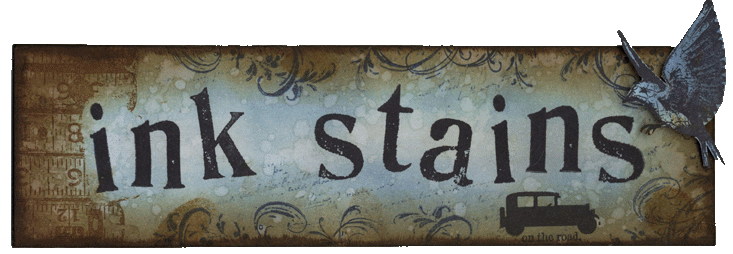Faux Vellum
Ink Jet Technique
Supplies:
Ink Jet Printed Images (on regular old copy paper)
Baby Oil
Cotton Ball
Scrap Papers (no newsprint)
Instructions:
1. Print your desired images onto regular plain old copy paper. I used the normal every day ink settings so nothing special to remember. In this case I'm using some super cool realistic vintage egg images from Altered Pages.
2. Place your printed images onto a stack of scrap paper. Be sure that you don't use newsprint as the ink will transfer to your images (which is a whole other technique I tried out....but that's another day!).
3. Squeeze a generous amount of baby oil onto a cotton ball and dab the ink over each image. You will notice that the paper quickly becomes saturated which is a good thing. It's exactly what you're looking for!
4. Continue until all of the images have been saturated with the baby oil.
5. At this point your paper will be very wet with the oil and not usable at this point. You could of course let the paper air dry naturally which could take days and days because of the oil. To speed up this process I have found that it helps to press your images between pages of a magazine or catalogue. I simply slide the paper between the pages, press and repeat.
You will know you're getting the job done because once you lift the baby oiled images the pressing papers will have absorbed some of the oil as shown below.....
6. Continue until your "pressing paper" comes up with little or no oil transfer.
7. For good measure, let the paper continue to dry naturally over night.
NOTE: PLEASE DO NOT try to speed drying with a heat tool....this is oil remember. I don't know from personal experience but I'm thinkin' it could set your paper on fire if it got too hot. Just don't even chance it. An overnight wait is a small price to pay for safety :)
At this point though you can see how the paper has changed to a vellum look and once you give it a try it will also feel like vellum!!!!
It is the coolest thing ~ now you have combined the ultra cool look of vellum with the ease and inexpensive job of printing on regular old copy paper!
Tomorrow we will continue on to the next step of making our flat lifeless images pop ~ both figuratively and literally.

I love this tutorial, such a great idea! Thanks for sharing :)
ReplyDeleteSo inspiring! Thanks!
ReplyDeleteRJ
WOW! How exciting! Can hardly wait to see the next step and the outcome!!! THANK YOU for sharing! I need to try this and keep up with the steps!!
ReplyDeleteI just love your tutorials, so much fun and this is so cost friendly. I always smile when I look at your email and know something new and fun is about the happen!
ReplyDeleteDianeD
MA
Wow. I love this technique. Thanks a bunch for the turotial! Have a great day!
ReplyDelete